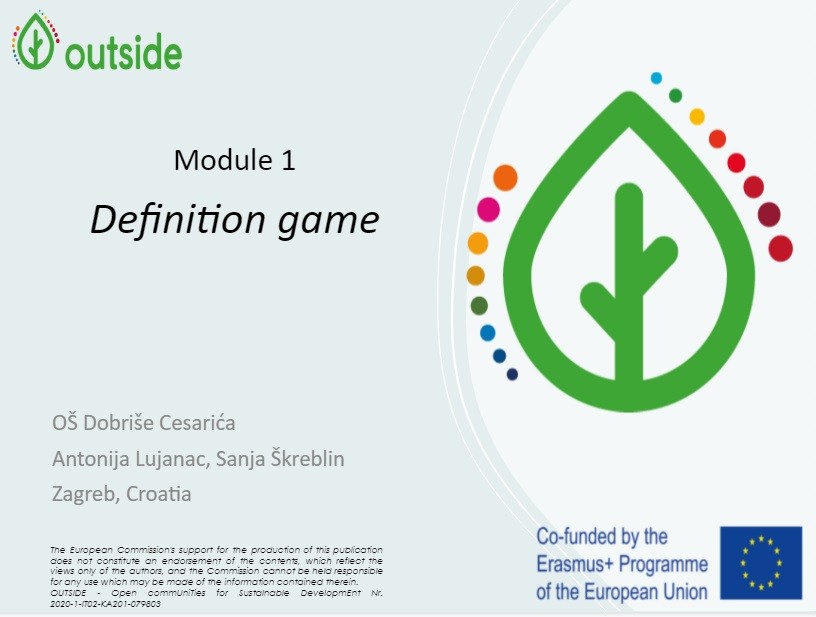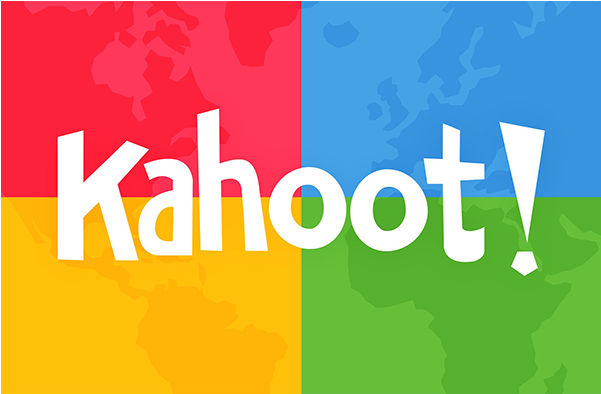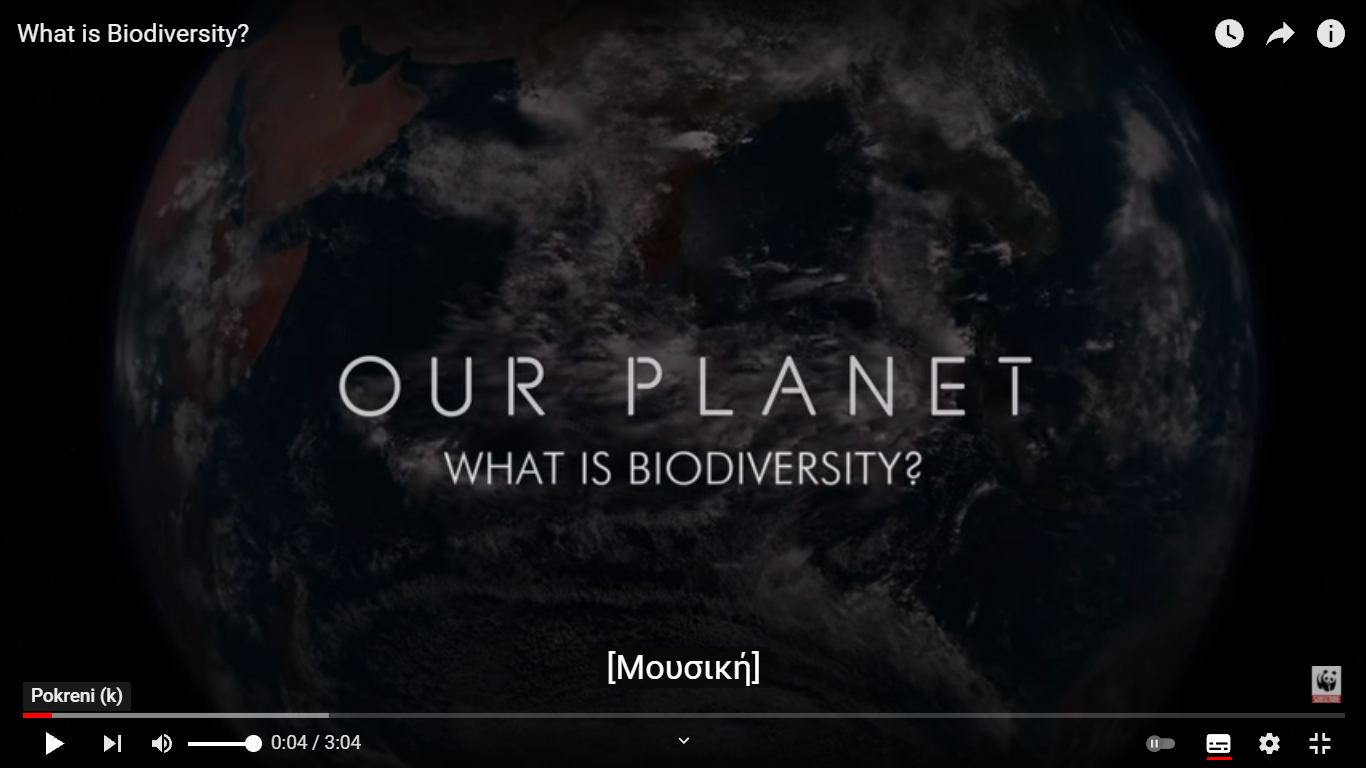Theoretical introduction to ecology
Introduction (10 - 30’)
Definition game
Each participant or group of participants is given one term (card) to define as if they were writing a definition for an encyclopedia. They should state the higher gender term given and its distinctive features. Participants do not know what terms other groups have.
Participants read their definitions, and then the ppt shows the actual definitions of those terms. Participants will, without criticism, comment on the degree of accuracy in defining given terms through the conversation.
Terms used in ppt presentation: ecology, environmental protection, habitat, biodiversity. More terms to use in the definition game: waste, recycling, population, the food chain.
What is Ecology ? (40’)
When people mention ecology, they often think exclusively of environmental protection or waste management, but ecology is not only that.
Ecology (eco- + -logy) is a science that studies the relationships between organisms and the relationships between organisms and their environment.
Ecology as a whole has a distinctly interdisciplinary character, as it studies the relationships of plants and animals to very diverse factors of living and non-living environments. These are climatic factors, edaphic factors or soil factors, influences of flora and fauna, and in recent geological times are increasingly expressed and very diverse indirect and direct human influences, the so-called. Anthropogenic factors. It follows that ecology is closely related to other, primarily natural sciences, such as climatology, pedology, geology and others.
From the above, we can conclude that ecology is closely related to both environmental protection and waste management. Still, it also explores much more deeply into the relationship between living and non-living nature.
Video: Ecology-Definition-Examples-Explanation
After watching the video, participants can solve the quiz:
One of the essential elements of preserving ecological balance is the preservation of biological diversity. Biodiversity means the number, diversity and variability of living organisms; it shows the number of species as a whole, in a particular area, ecological system, or habitat. Communities, biocenosis with more species are more stable, more resistant to external disturbances, and recover faster after environmental disasters (according to biological diversity).
Video: What is Biodiversity?
After watching the video, participants can solve the quiz:
Human ecology deals with the study of the relationship between man and his environment. In recent times, it is developing rapidly because man, as the leading polluter of nature, technological development and demographic expansion has dramatically increased its impact on the environment, which is so altered it harms his health and threatens his survival. The world's population is growing much faster than food production. Natural resources are being consumed irrationally. The biosphere is increasingly polluted by waste, and the amount of arable land is declining. That is why today, a reasonable part of humanity pays excellent attention to the protection and improvement of its environment and biosphere.




No Comments